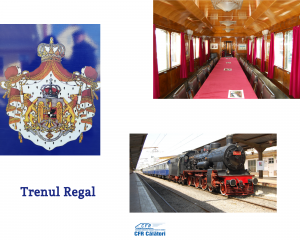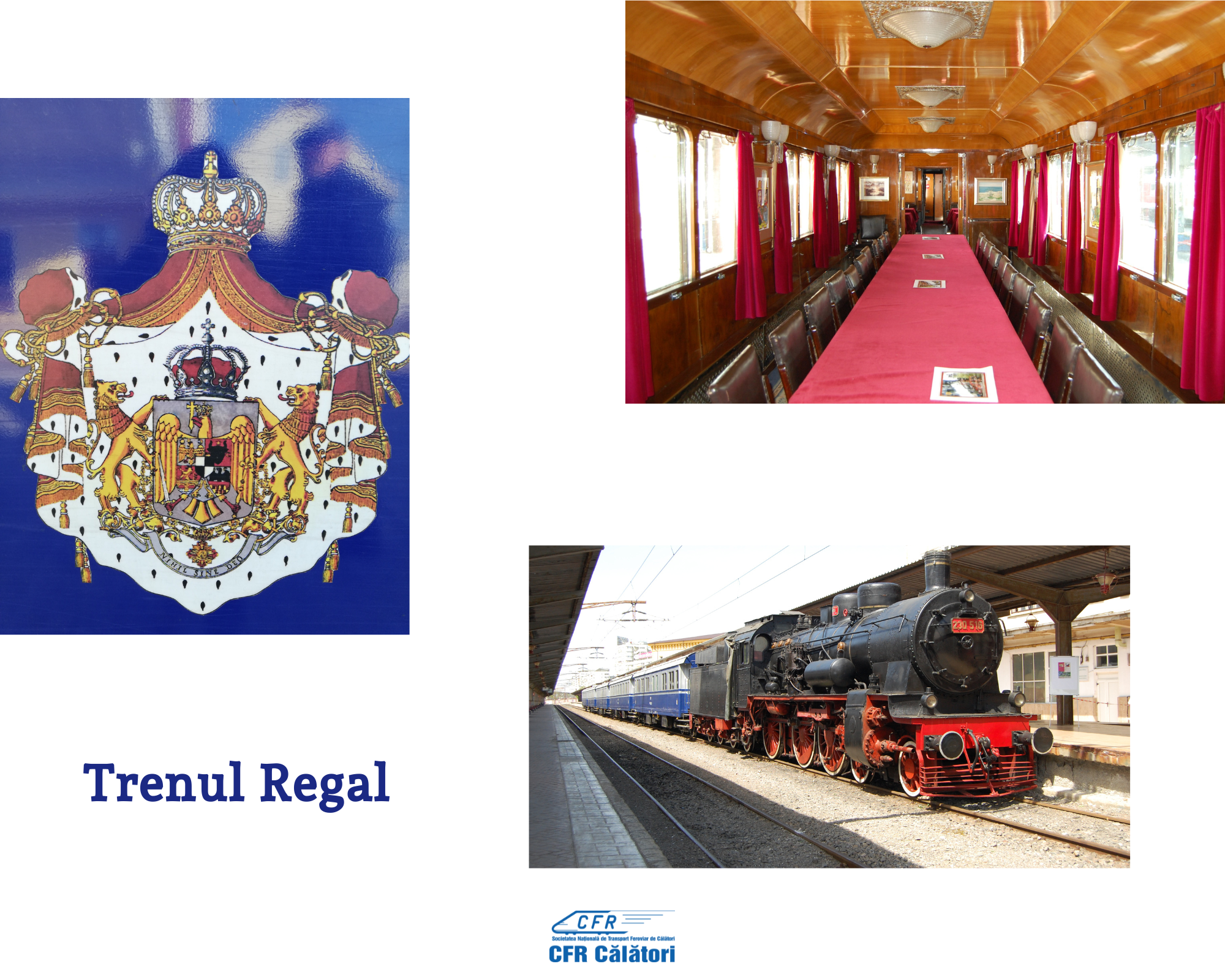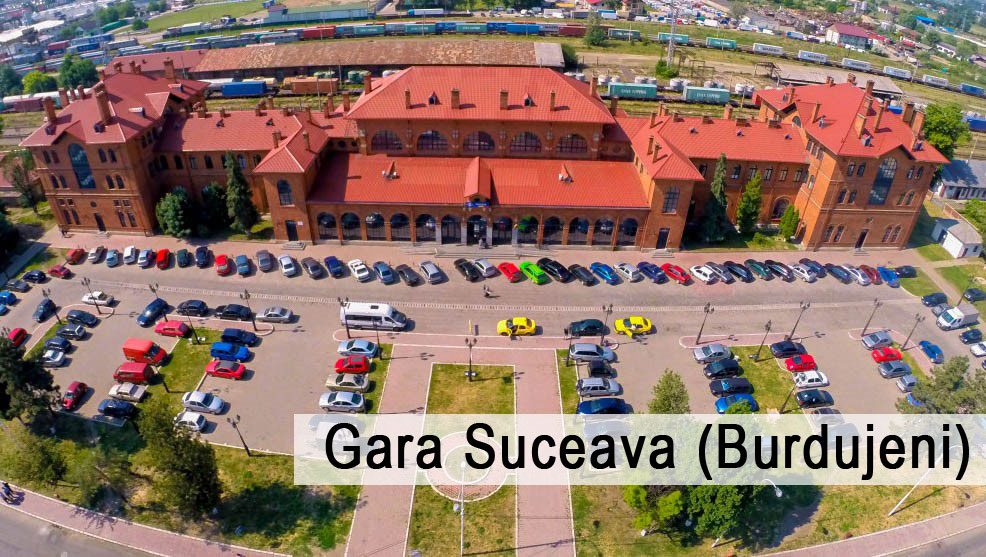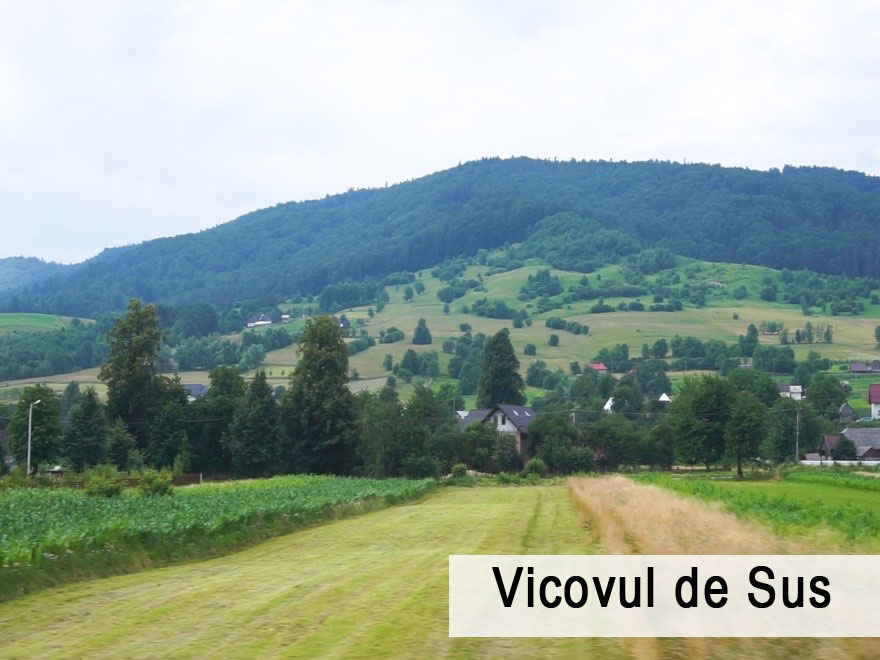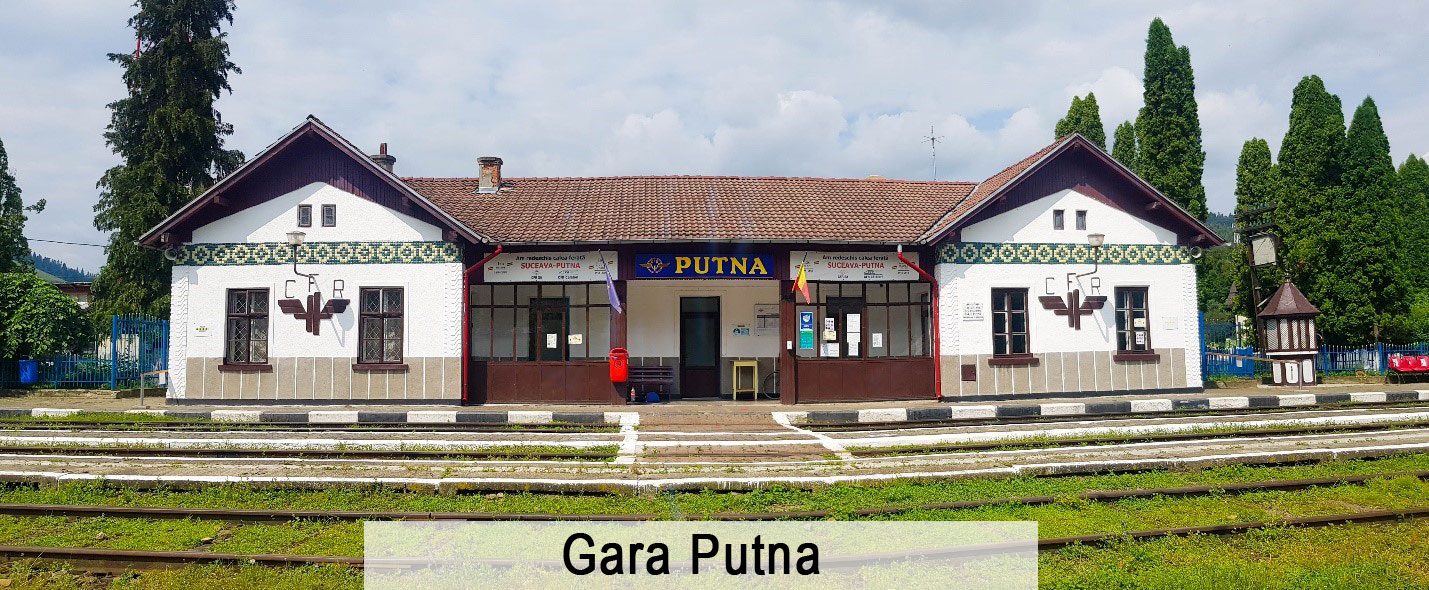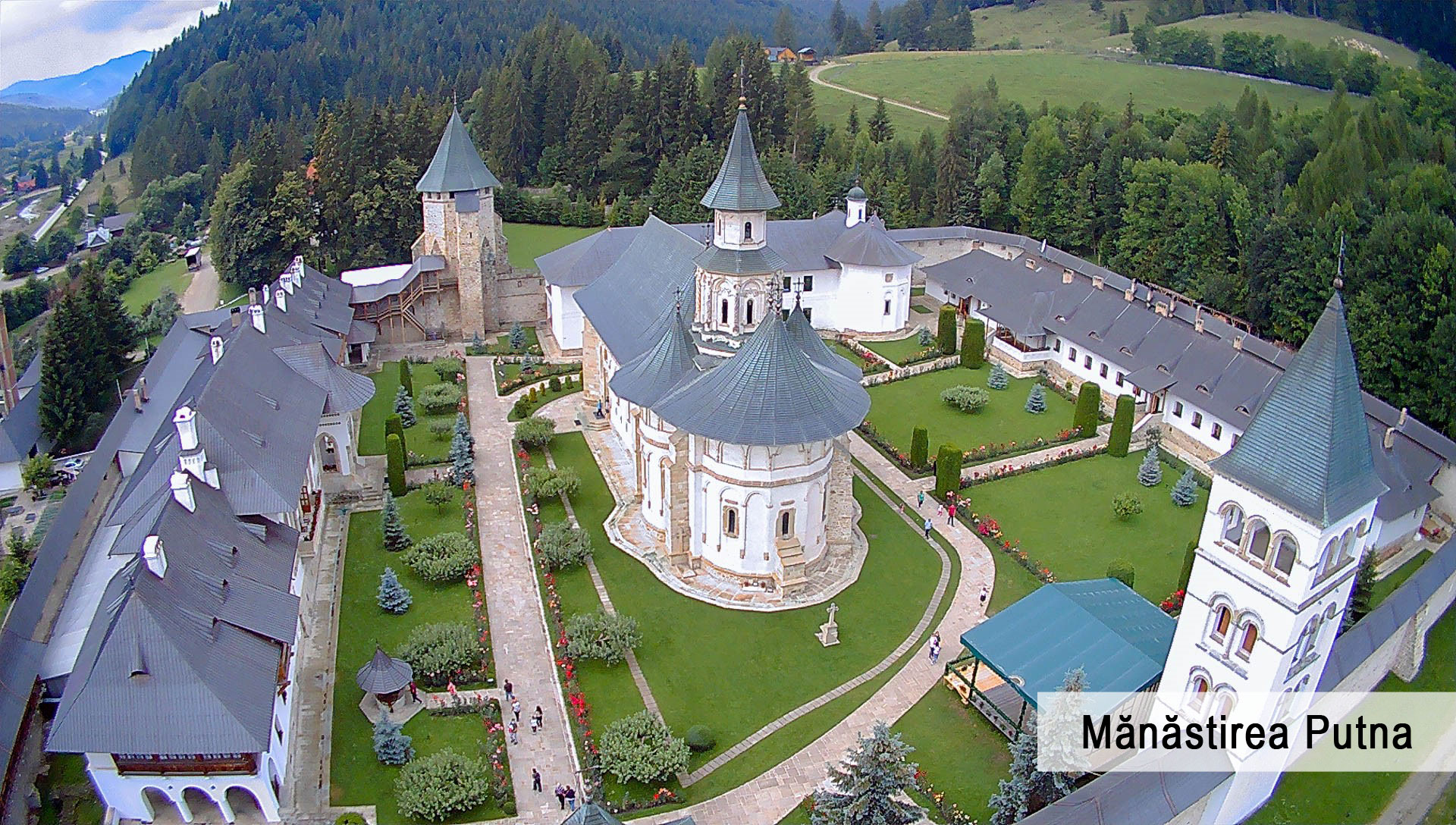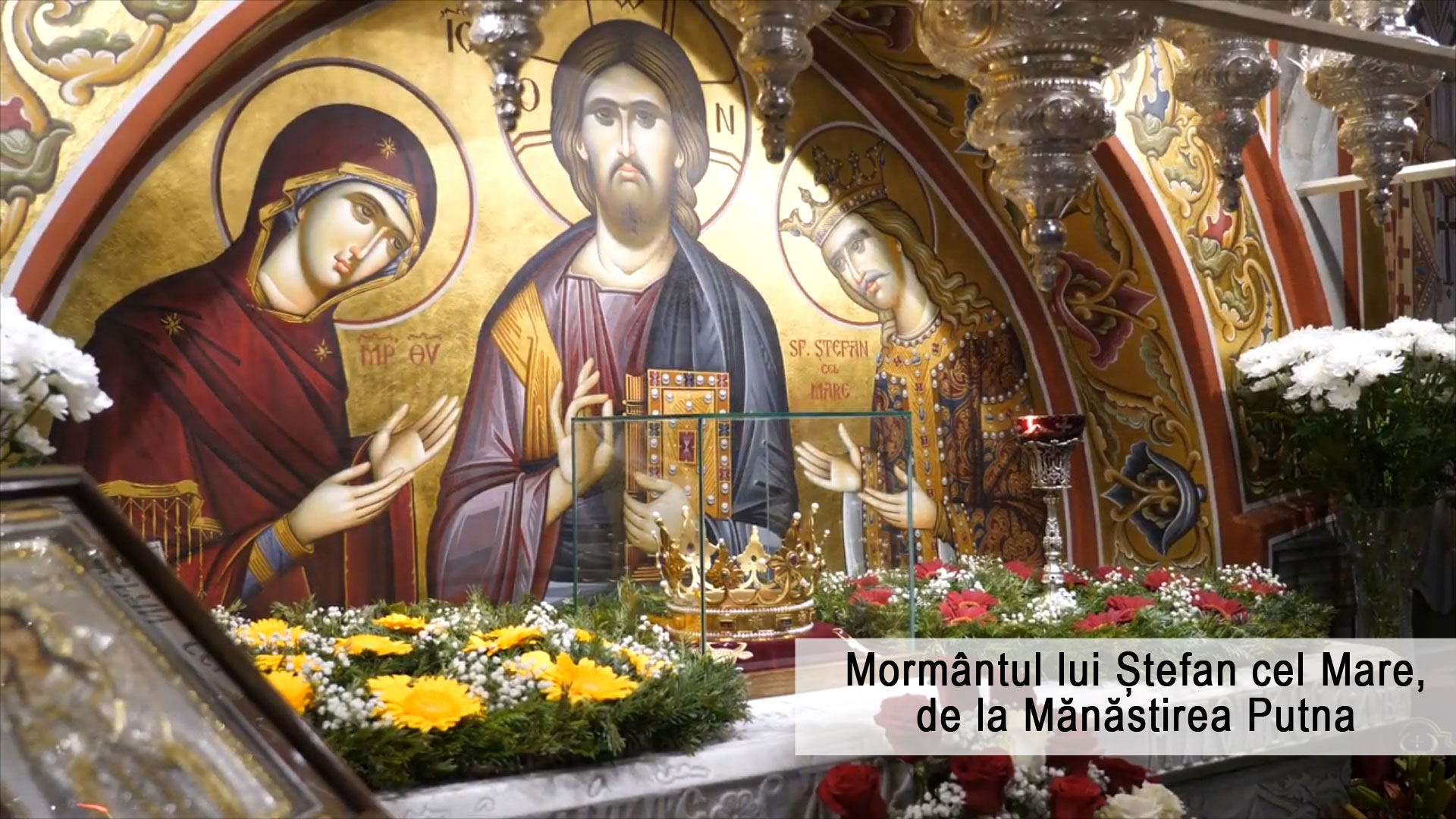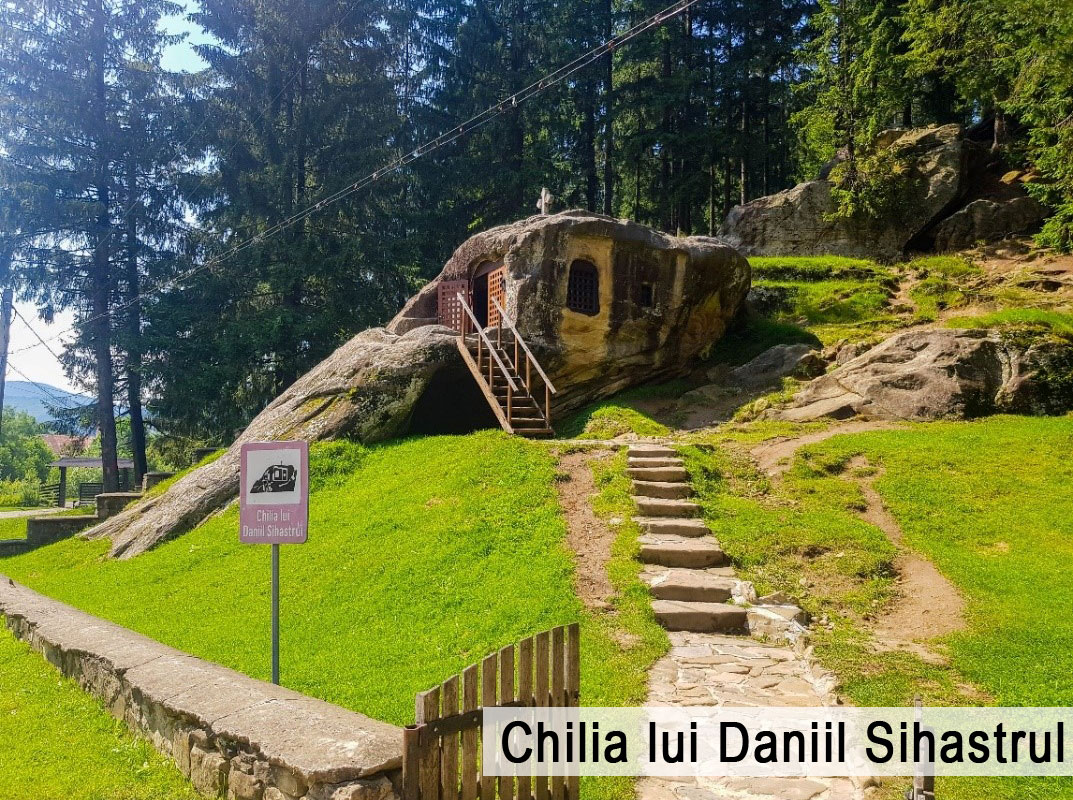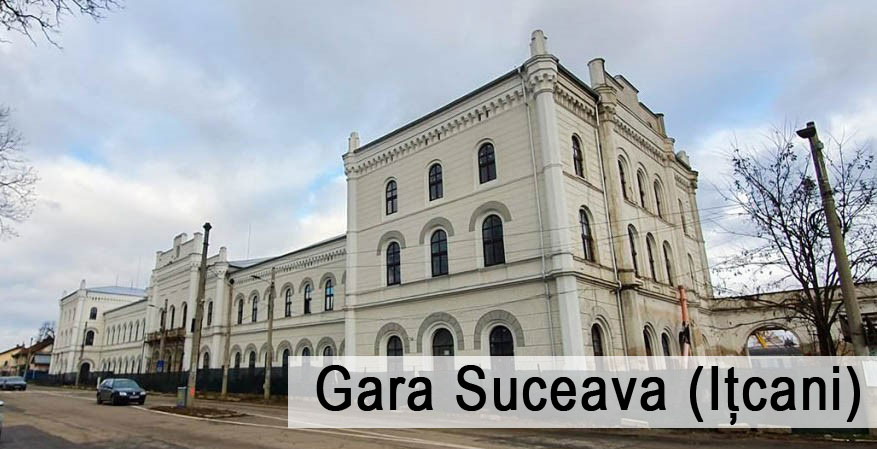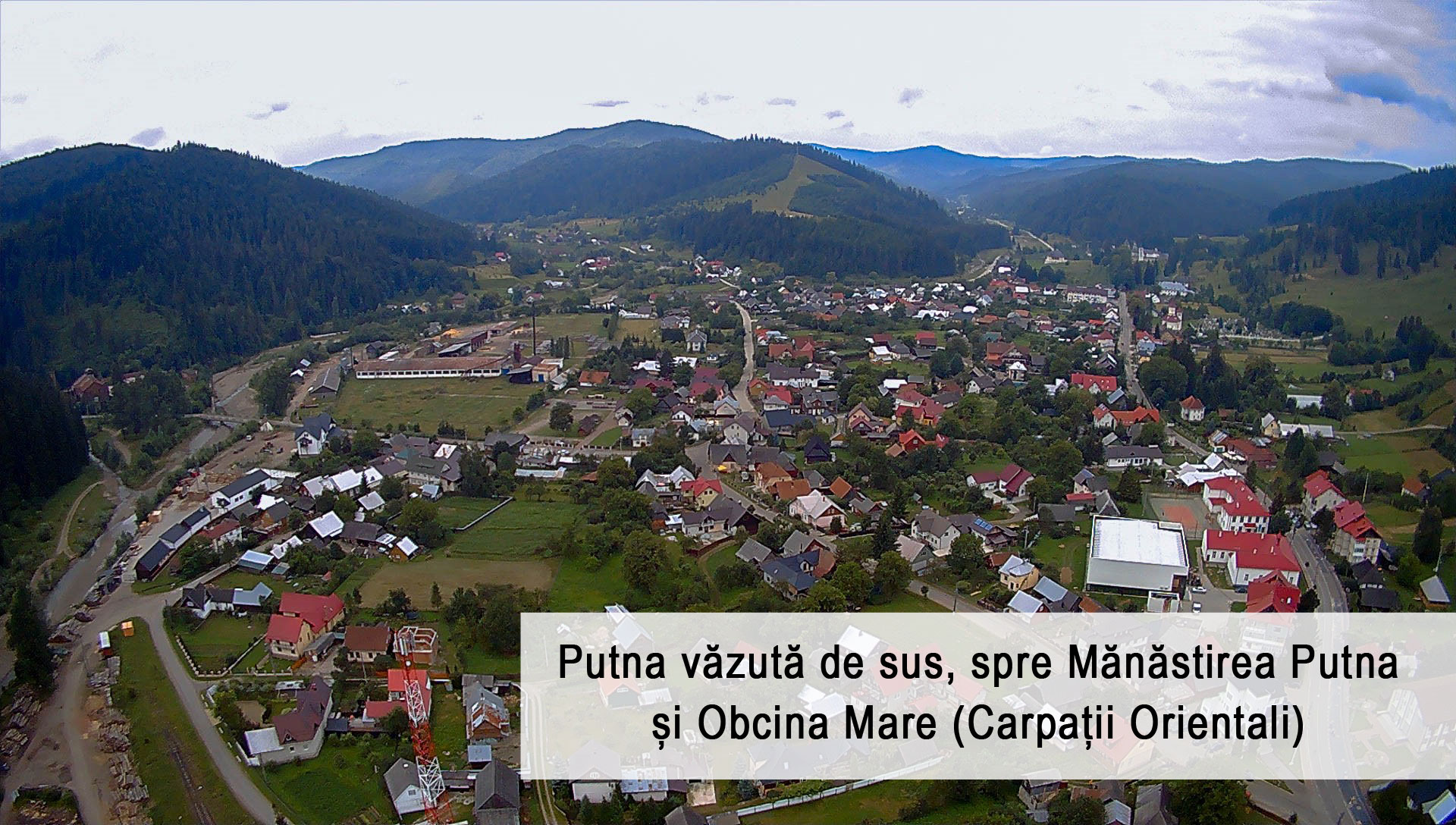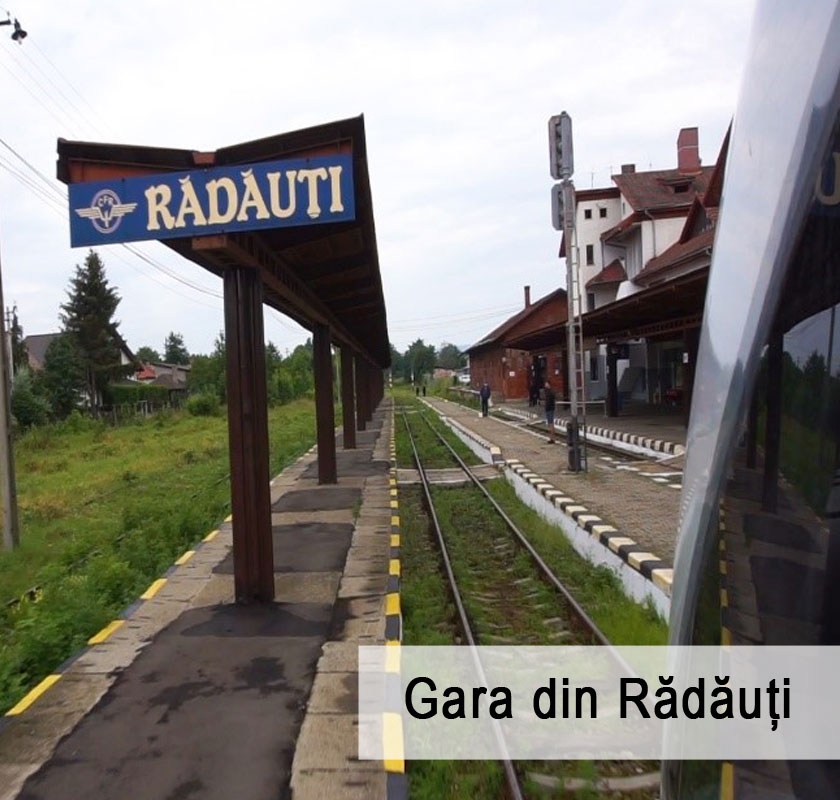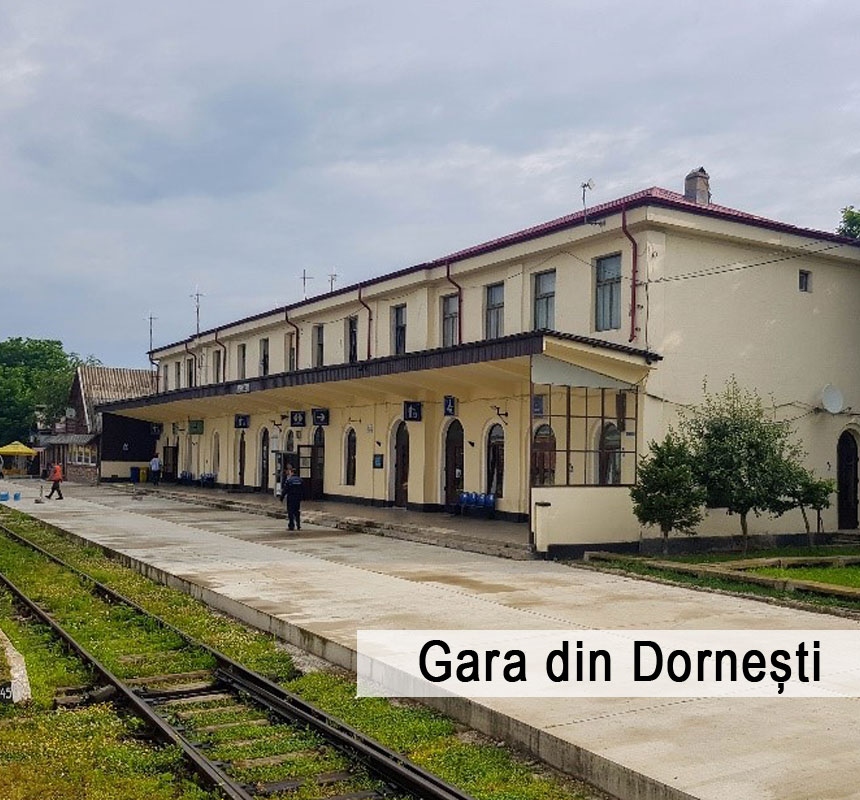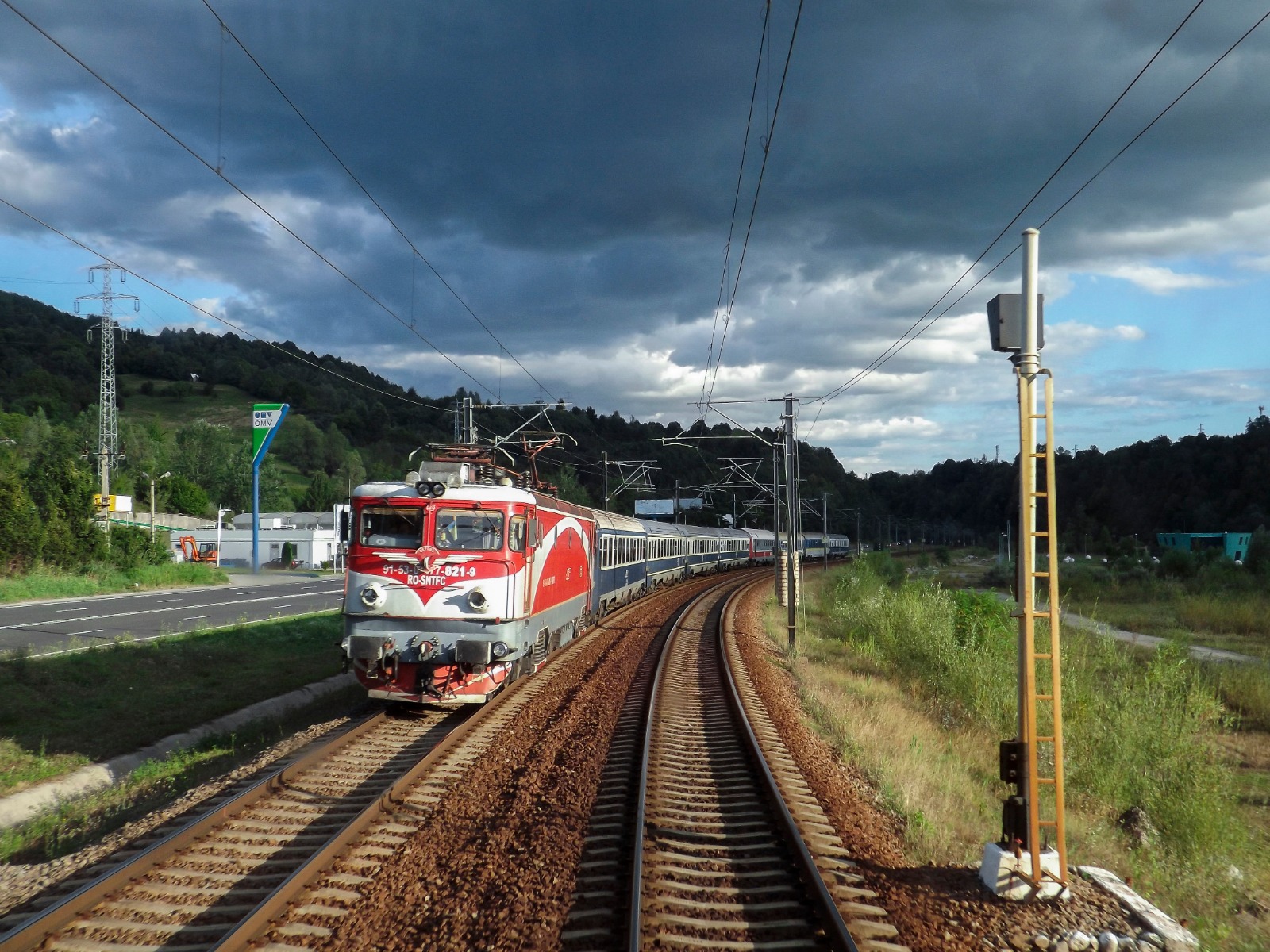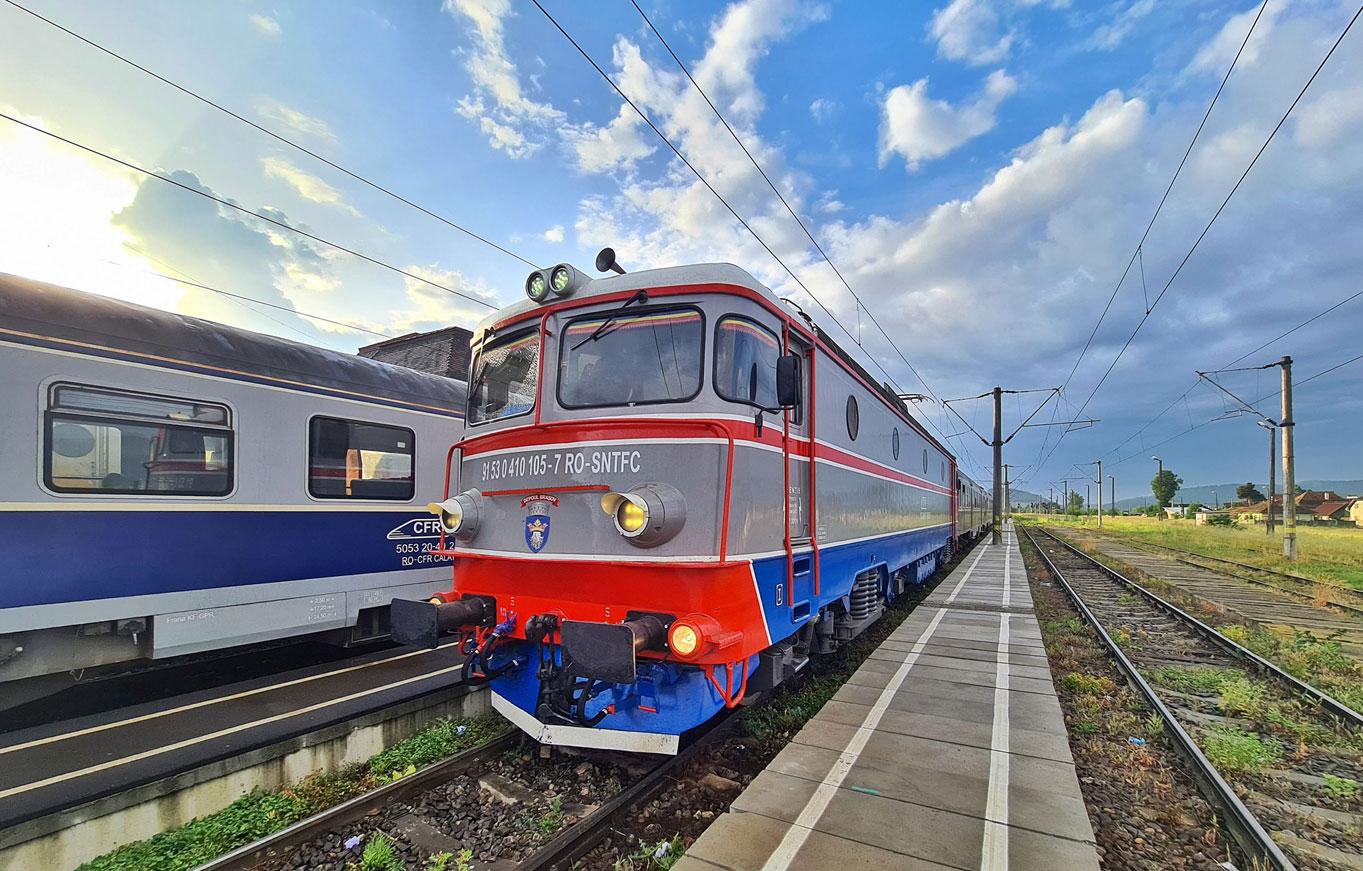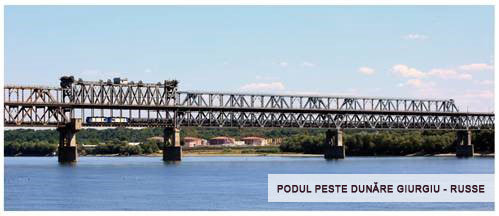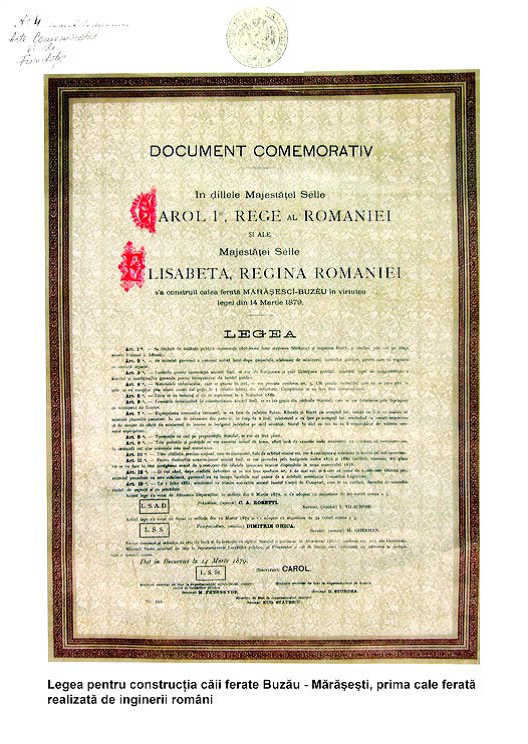The Buzău – Mărășești railway route, opened in 1881, is the first railway built by a railway unit of the Romanian state. The construction was a real success, which started the construction of railways in Romania, without foreign concessionaires.
Inaugurated on October the 18th, 1881, the construction of the Buzău – Mărășești railway line – “the first rail line that directly connects Moldova with Muntenia” (The Time newspaper from 1881), meant a complete success of the Romanian railway technique. The route was well chosen, with many alignments (the longest was 18 km), required the construction of eight wooden bridges, and the costs were much lower than in any other country in Europe. The motor rolling stock came from the rolling stock of the Russian railway lines built during the War of Independence, such as the Russian locomotives “Unirea”, “Independenţa”, “Şoimul”, “Putna”, etc.
During the construction of the Buzău – Mărășești railway line, several important events took place for the Romanian railways.
- In 1880 the Romanian state repurchases from the C.F.R. Shareholders’ Company (set up in place of the Strussberg consortium) the 921 km of simple track (including the rolling stock and all facilities) which it operated.
- On April the 23rd, 1880, the “Princely General Directorate of Railways” (in short, the General Directorate of the C.F.R.) was established, in charge of the construction and operation of the railways in the United Principalities of that time. This entity repurchases, seizes and unifies the railway network on the territory of Romania, either state owned or leased.
- On July the 1st, 1882, the other railway lines that were not part of the Strussberg concession were included, including the Cernavodă – Constanța railway line.
- Also, July the 1st, 1882 is the date when the total unification of the Romanian railway network takes place (the country had become a kingdom in 1881), and on June the 28th, 1882 the Law for the unification of all Romanian railways was passed.
It should be noted that at that time most of the world’s railways were built and operated by private companies. Considering this fact, the takeover by the Romanian state of the construction, operation of the railways and their administration through a general directorate represented an act of courage, but also the fact that the country had confidence in the training, capacity and energy of the competent staff.
Immediately after the creation of the General Directorate of C.F.R., the development of the network and its operation took a big leap. By the end of the First World War, the Romanian railway network almost tripled compared to the one existing in 1879, reaching 3,838 km of railway in operation, with over 400 of railway stations and stops. The growth of the network between 1879 – 1919 was on average about 60 km per year. The budget of the General Directorate of C.F.R. has increased year by year. But the increase in traffic was proportionally higher, constantly accumulating a surplus in revenue, interrupted only between 1916 – 1919 when Romania took part in the First World War.
The development of the railway network and its operation have increased the conditions necessary for the general development of the country’s economy.
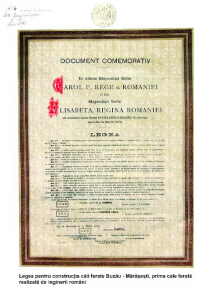
Law for the construction of the Buzău – Mărășești railway line, the first built by Romanian engineers.
Did you know?
- On 6 March 1883 – The first law on the organization of CFR was based on the principle of complete autonomy, with a commercial trait, with a special budget given by the State, approved by the Parliament and applied under the control of the Ministry of Public Works and Communication. The law established the organization of the Administration, the attributions of the services, the functions and attributions of the employees, collecting the incomes and making the expenses, their control, etc.
- In 1888 – The General Directorate of CFR is led by Eng. George I. Duca, who determined and carried out the repurchase of the leased railways, competent organizer of the railway service, appreciated abroad as well.
#AnulEuropeanAlCăilorFerate2021
#EUYearofRail
Bibliography:
The small monograph of the Romanian railways, vol 6, 2001, author Ing. Radu Bellu
HISTORY OF THE ROMANIAN RAILWAYS, Bucharest 2014, authors: CENAFER and the CFR Museum
Other articles on the same subject:
CFR Călători, partner of Connecting Europe Express! click here
The future of transport is the railway – Chose the railway! click here
Romania – Founding Member of the International Union of Railways! click here
Railway transport – the Most Ecologic Type of Passenger Transport in Europe click here
Steam locomotives museum in Reșița click here
The “Ceferiada” Event click here
Steam locomotives museum in Dej click here
Rail transport connects Europe click here
Intelligent transport click here
The TRAIN = The railway transport is cleaner click here
The railway connection of the Capital with the East and the West, in the beginning click here
The beginning of railways in Europe click here
Explore the railway route Suceava – Putna click here
The history of the royal train – CFR Călători click here
The Danube Cliff and the Filești Tunnel in the European Year of Railways click here
The Filiași – Bumbești – Livezeni railway click here
The Caracău Viaduct – the largest concrete arched viaduct in Romania click here
The Royal Station of Bucharest Băneasa click here
